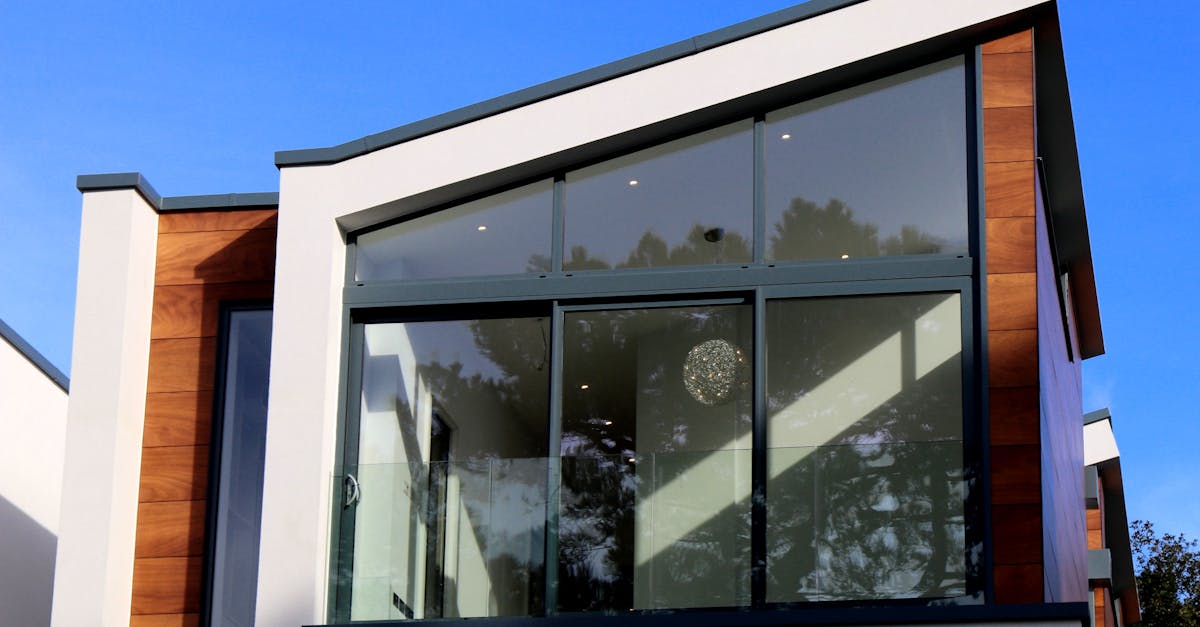Colorbond roofing offers more than just aesthetic appeal for homes, as it plays a crucial role in enhancing home insulation. The construction of Colorbond roofs includes a layer of insulation materials, which helps in regulating the indoor temperature. This ultimately leads to reduced reliance on artificial heating and cooling systems, thereby decreasing energy consumption and utility bills. Homeowners can enjoy a more comfortable living environment all year round, thanks to the superior insulation properties of Colorbond roofing.Contractors can ensure compliance with Colorbond roofing standards by adhering to manufacturer guidelines and following best practices in the installation process.
In addition to providing better insulation, Colorbond roofs also contribute to improved acoustic performance within homes. The durable steel material used in Colorbond roofing absorbs external noise, creating a quieter indoor space for residents. This is particularly beneficial for homes located in busy urban areas or noisy environments. By choosing Colorbond roofing, homeowners not only invest in sustainable and long-lasting roofing but also in a quieter and more peaceful living environment.Why is it important to adhere to manufacturer guidelines when installing Colorbond roofing?Enhanced Thermal Performance of Colorbond RoofsAdhering to manufacturer guidelines during the installation of Colorbond roofing is crucial to ensure that the roof performs as intended and maintains its warranty validity.Colorbond roofing offers enhanced thermal performance, making it a popular choice for homeowners looking to improve energy efficiency in their homes. The innovative design of Colorbond roofs helps to reflect a significant amount of the sun's heat away from the building, reducing the need for excessive air conditioning during hot weather. This reflective property can lead to lower energy bills and a reduced carbon footprint, contributing to a more sustainable living environment.2024-07-15t and agreed upon by both parties. This clarity can prevent misunderstandings and delays in the project.Additionally, Colorbond roofs provide excellent insulation properties, helping to keep homes warmer in winter and cooler in summer. The thermal efficiency of Colorbond roofing can help to create a more comfortable indoor environment year-round, without the need for constant heating or cooling. This not only enhances the overall living experience but also reduces energy consumption, which is beneficial for both the environment and homeowner
Related Links
It is important to listen actively to the concerns and requests raised by the roofing company and respond thoughtfully. Acknowledge their perspectives and provide constructive feedback where necessary. By fostering an open and respectful dialogue, you can cultivate a positive working relationship with the roofing company, which can ultimately lead to a smoother negotiation process and a successful outcome for all parties involved.
FAQS
When negotiating the price for Colorbond roof replacement, it is important to consider factors such as the size of the roof, the complexity of the project, the quality of materials used, and the reputation of the roofing company.
How can I ensure transparency in the contract terms and conditions during negotiations for Colorbond roof replacement?
Is it advisable to get multiple quotes for Colorbond roof replacement to leverage a better negotiation position?
Yes, obtaining multiple quotes for Colorbond roof replacement can help you leverage a better negotiation position. By comparing quotes from different roofing companies, you can negotiate for competitive pricing and better service.
How can I use competing offers to drive down the prices for Colorbond roof replacement?
You can use competing offers to drive down prices for Colorbond roof replacement by sharing lower quotes from other roofing companies with your preferred contractor. This can encourage them to match or beat the competing offers to secure your business.
Why is it important to establish open communication with the roofing company during negotiations for Colorbond roof replacement?
Establishing open communication with the roofing company during negotiations for Colorbond roof replacement is crucial to address any concerns, clarify expectations, and ensure a smooth project delivery. Clear communication can help prevent misunderstandings and delays.
Related Links
Financing Options for Colorbond Roof Replacement
Setting Realistic Expectations for Colorbond Roof Replacement CostsPrivacy Policy
Hidden Costs of Colorbond Roof Replacement
Cost-Saving Tips for Colorbond Roof Replacement
Cost-Eff